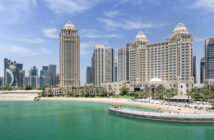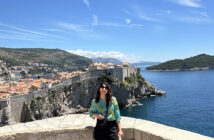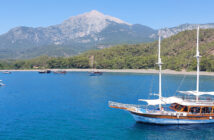In the heart of Eastern Asia lies a country of rich historical tapestry, diverse cultural influences, and scenic landscapes. A must-visit destination for all travel enthusiasts, Indonesia is a wonderland for culinary, culture, and nature enthusiasts alike.
Indonesia, home to the second largest tropical forest in the world, over 170 active and dormant volcanoes, and more than 17, 000 islands with pristine beaches, is filled with adventures. The country is popular among nature enthusiasts for its great dive sites, surfing waves, and hiking trails. Indonesia also has diverse wildlife, including the famous Komodo Dragon. The largest living lizard in the world and closest to dinosaurs, these ferocious dragons attract thrill-seekers to Komodo National Park all year round. The Park spans four islands, encompassing lush rainforests, pink sandy beaches, and coral reefs. While the Borneo rainforest, which is home to wild orangutans, will attract wildlife lovers and explorers. One of the best ways to see these species is to rent a Klotok boat, take it down the Sekonyer River and visit the Camp Leakey Orangutan rehabilitation reserve in Tanjung Puting National Park.
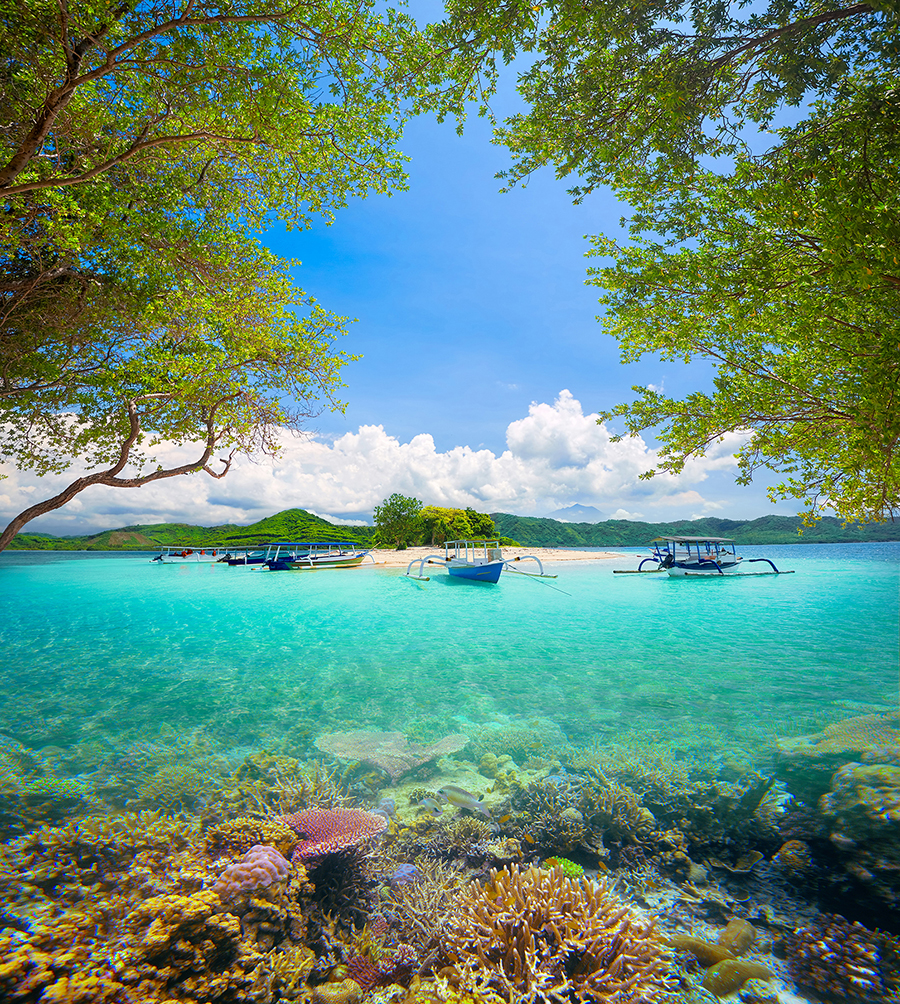
Indonesia is home to 20% of the world’s coral reefs and is a busy destination for those interested in scuba diving and snorkeling. With many opportunities available for beginners and experienced divers, liveaboard trips allow tourists to explore everything from the reefs to the many shipwrecks off Indonesia’s shores.
Indonesian cuisine is very diverse and assorted. It varies from popular chicken satay and nasi goreng (Indonesian fried rice) to gudeg – a dish made from boiled young jackfruit, served with rice, sambal sauce, and chicken. One of the well-known dishes is pisang goreng – deep-fried bananas drizzled with chocolate or other toppings. The country is one of the top six producers of bananas in the world and is also one of the largest coffee producers. The famous Kopi Luwak, a coffee bean that was once predigested by civet cats, is a popular product among tourists.
Indonesia hosts many breathtaking temples and monuments with a rich cultural tapestry and historical landmarks dating back to the 9th century. Thus, Borobudur, in Java, is the largest Buddhist temple in the world. It consists of over 2,000 relief panels and over 500 Buddha statues. Watching the sunrise from the temple is a popular activity on many travelers’ bucket lists.
Bilateral relations with Saudi Arabia
Around the 13th century, with the spread of Islam in Indonesia, numerous Muslim traders and ulamas arrived in the Indonesian archipelago from the Arab world. Since the early 20th century, Indonesian Muslims have started to perform the hajj pilgrimage to Mecca.
In 1950, official diplomatic relations between Saudi Arabia and Indonesia were established. Currently, Indonesia, being the fourth most populous country globally, is the largest Muslim-majority country with the largest number of hajj pilgrims. This makes Saudi-Indonesian bilateral ties even more significant with a long history of diplomatic and economic cooperation.
Diplomatic and political ties between the two countries are constantly strengthened through state visits. In 1955, a state visit was made by the Indonesian President Sukarno to Saudi Arabia. While King Faisal visited Indonesia in 1970. In the 21st century, President Joko Widodo visited Saudi Arabia in 2015, 2017, 2019. King Salman visited Jakarta, Bogor, and Bali in 2017.
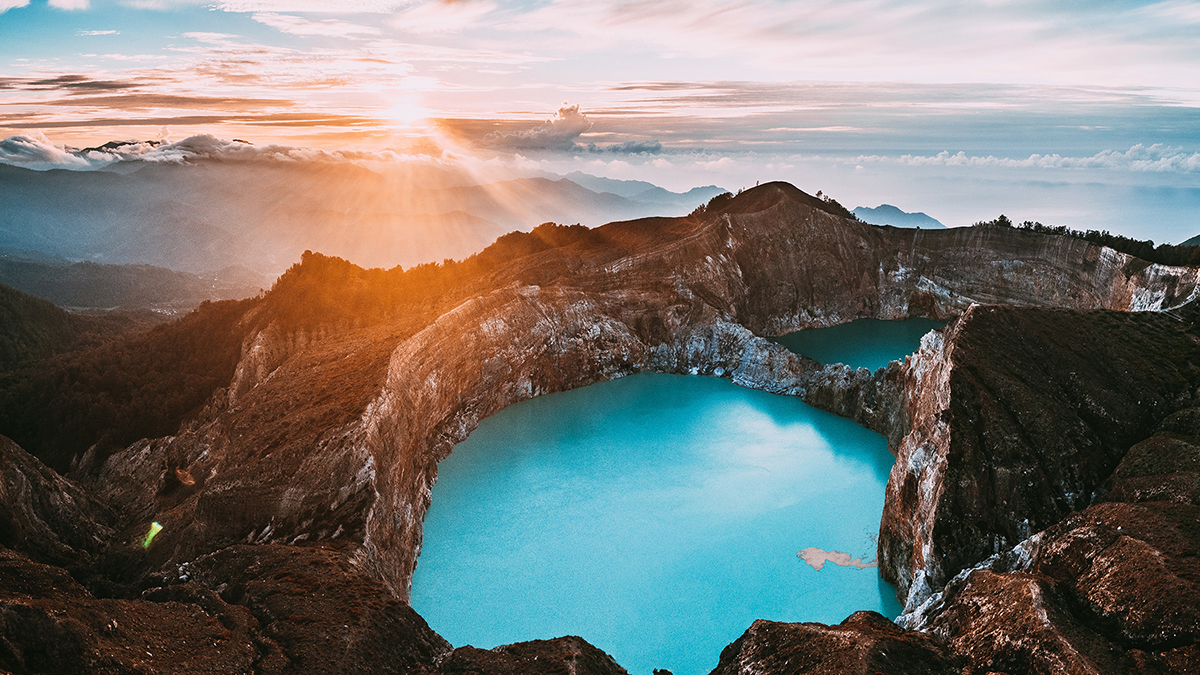
In 2016, Indonesia’s trade with Saudi Arabia was estimated at $4.06 billion. In the same year, Saudi Arabia became Indonesia’s largest export destination in the Middle East, worth $1.33 billion, while Indonesia’s imports from Saudi Arabia totaled $2.73 billion. Saudi Arabia’s main exports to Indonesia include oil and gas products while Indonesia mainly exports plywood, textiles, apparel, palm oil, paper, and tires. In 2013, there were almost 2,000 Saudi students in Indonesia. The Kingdom has built over 150 mosques, and established a free university in Jakarta that educates 3,500 students each year.
On January 25th, 2014, Saudi Arabia and Indonesia signed their first defense cooperation agreement (DCA). The agreement was signed by Saudi Deputy Defense Minister Prince Salman bin Sultan Abdulaziz Al Saud and Indonesian Lt. Gen. (ret.) Sjafrie Sjamsoeddin. The DCA covers training, education, counter-terrorism, and defense industry cooperation.The Saudi-Indonesian collaboration has been expanded and boosted during Joko Widodo’s administration. In 2015, the President was awarded with Order of Abdulaziz Al Saud by Saudi authority. In March 2017, Al Saud Royal family members were invited to visit Indonesia and spend a long vacation in Bali.
In February 2019, when King Salman bin Abdulaziz Al Saud embarked on a month-long trip to Asia, Saudi Arabia committed to greater economic engagement with Southeast Asian nations, including Brunei, Malaysia, and Indonesia. In this light, Saudi investments in Indonesia represent an alternative source of funds to stimulate economic growth. During the King’s recent visit, the two governments signed a series of agreements. The most notable agreement was signed between the state oil companies of the two countries, Pertamina and Saudi Aramco, to create a $6 billion joint venture for oil refining in Cilacap in Central Java. Furthermore, Saudi Arabia pledged to provide $1 billion for the economic development of Indonesia. The Saudi interest in the potential of Indonesia presents a much-needed opportunity for both countries to diversify their economies.
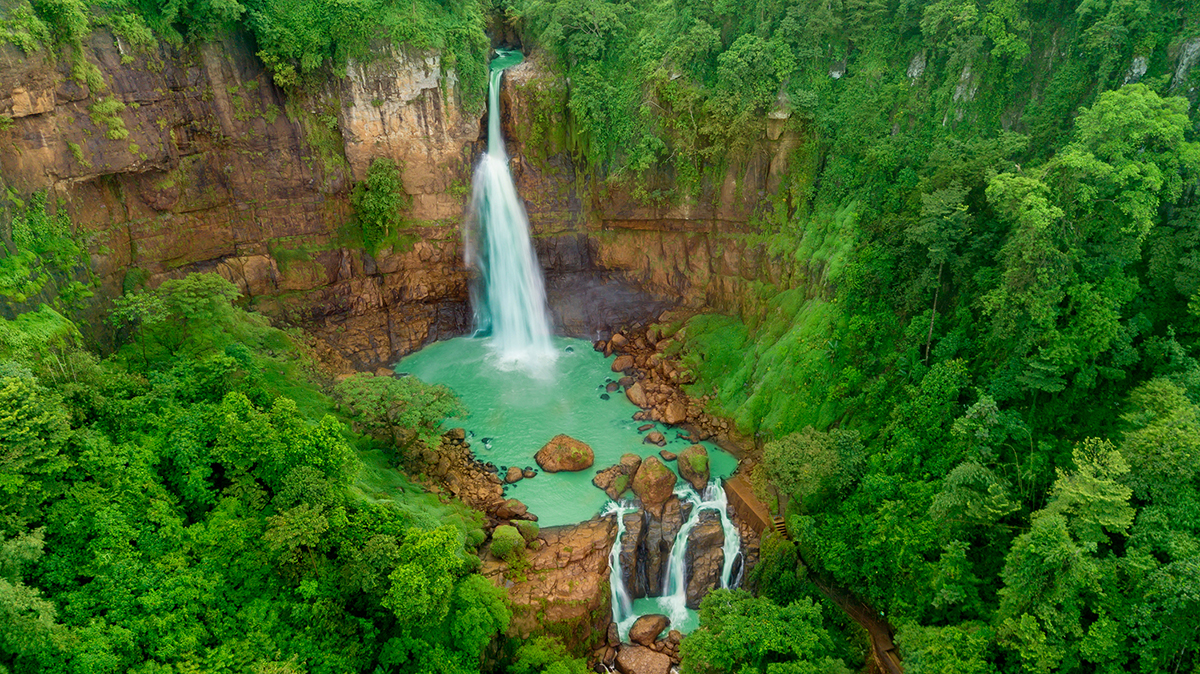
WHERE TO GO
- As Indonesia’s most popular vacation spot, Bali is an island with breathtaking beaches: tourist favorite Kuta, tranquil Nusa Dua, and Sanur filled with water activities.
- Pura Tanah Lot is one of Bali’s most popular temples located in the southern coast of Beraban village. Built on a rock formation in the sea, the original formation began to deteriorate at one point, and a portion of the rock is now artificial. After the sunset, stroll through the stalls at Tanah Lot Market for unique Balinese souvenirs.
- While Bali and Lombok are tried and true holiday destinations for a good reason, the lesser-known Banda Islands have their appeal as an off-the-beaten-path getaway. Called “Eastern Indonesia’s best kept secret,” the Bandas hold untold thrills for divers and sailors.
- The Gili Islands in Lombok offer beaches that are as fascinating as Bali with diving, kayaking, and even snorkeling opportunities in a turtle sanctuary.
- Such incredibly lush and invigorating are the terraces of the Jatiluwih Rice Fields, listed as a UNESCO Cultural Landscape as part of Bali’s Subak System. No visit to Bali is complete without seeing these rich acres.
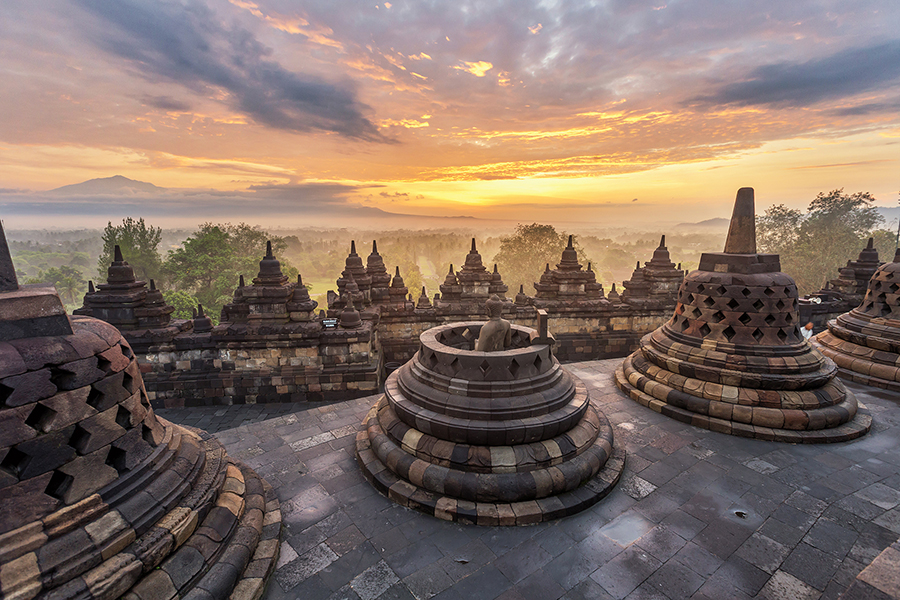
WHAT TO DO
- Visit the Temple of Sacred Monkey Forest in Ubud, the cultural heart of Bali, a serene space where visitors can feel the ancient majesty of the island. Many long-tailed macaques are living at this Hindu temple, a species of monkey commonly seen throughout Southeast Asia.
- Hike to the peak of Mount Bromo, one of the best-known volcanoes of Indonesia, a country that sits in the Pacific Ring of Fire. Mount Bromo is among the best-known destinations, thanks to its incredible views, particularly when seen standing over the caldera at sunrise.
- Snorkel through coral reefs at Raja Ampat. The fairyland of lush, cone-shaped islands set against blue and turquoise waters is one of Indonesia’s most spectacular sights. The coral reefs are some of the most biodiverse on the planet, making it a popular area for diving.
- Explore the wildlife at Borneo! One of the most ecologically diverse places on earth, Borneo is home to orangutans, exotic birds, Sumatran rhinos, pygmy elephants, and an array of other creatures. In Kalimantan, tourists can travel down the Kapuas River, the longest in Indonesia; visit villages of the indigenous Dayak people; and observe foreign influences from China, Malaysia, and even Europe in the ports and cities along the way.
- Discover Lake Toba, a body of water and a supervolcano. The lake, which sits in a volcano crater, was formed between 69,000 and 77,000 years ago and is believed to have originated from a catastrophic eruption. Go swimming, water skiing, canoeing, or fishing, or stick to wandering the surrounding area on foot or bike.


